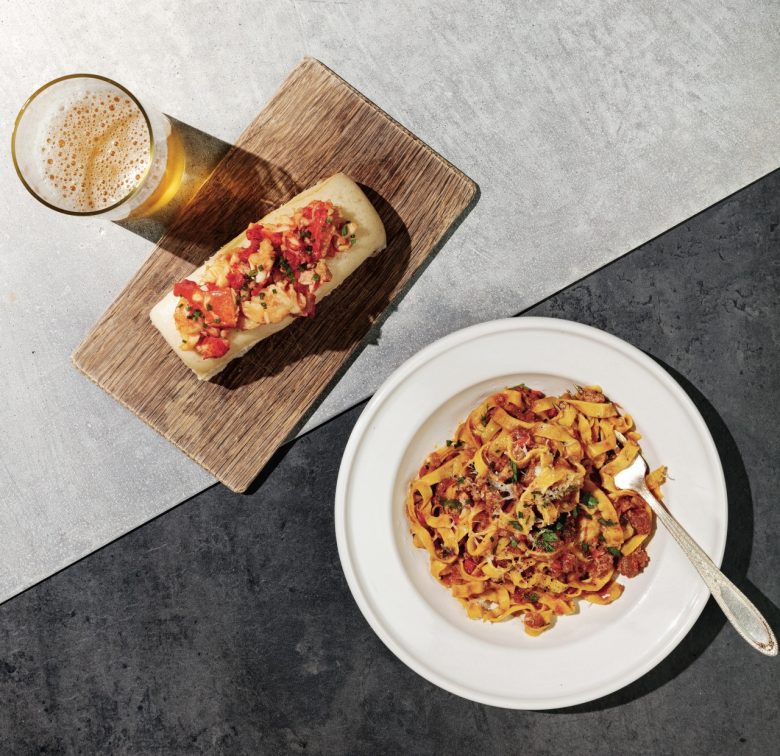Chinese Dim Sum and Spanish Tapas are two popular styles of small plates that offer a taste of different flavors and textures. Dim Sum originated in Cantonese, China, designed as a light snack to accompany tea, whereas Tapas originated in Andalusia, Spain, created as a small bite to accompany beverages. Dim Sum features steamed or fried dumplings and small savory snacks, whereas Tapas offer a variety of hot and cold dishes. Dim Sum is served by pushing carts around the dining room, and each plate has a specific price, while Tapas are typically ordered individually from a menu. Both have unique drinks to pair – tea for Dim Sum and Sangria and wine for Tapas.
Chinese Dim Sum vs. Spanish Tapas: The Small Plate Showdown
Small plates, often referred to as tapas, have become a popular trend among foodies in recent years. These small dishes offer a taste of different flavors and textures and are perfect for sharing. While there are many types of small plates available, two of the most famous are Chinese Dim Sum and Spanish Tapas. Here, we will compare and contrast these two styles of small plates.
Origin
Chinese Dim Sum originated in Southern China, specifically in the Cantonese region. It was designed as a light meal or snack to accompany tea, which is why it is often referred to as “Yum Cha” or “drinking tea” in Cantonese. Spanish Tapas, on the other hand, originated in the southern region of Andalusia, where it was created as a small bite to accompany beverages.
Dishes
Dim Sum and Tapas both offer a wide variety of dishes, but the types of food are quite different. Dim Sum usually features steamed or fried dumplings, buns, and small savory snacks. Some of the most popular Dim Sum dishes include Shumai, Har Gow, Char Siu Bao, and Xiao Long Bao. Tapas, on the other hand, offer a variety of hot and cold dishes. Some of the most popular Tapas dishes include Patatas Bravas, Croquetas, Tortilla Espanola, and Gambas al Ajillo.
Serving Style
The way that Dim Sum and Tapas are served is also different. In a traditional Dim Sum restaurant, servers push carts around the dining room and offer small plates of individual dishes to diners. Each plate has a specific price, and the diner is charged accordingly. Tapas, on the other hand, are typically ordered individually from a menu. Diners can order as many tapas as they would like and share them amongst the table.
Drinks
Drinks are an essential component of both Dim Sum and Tapas. In China, tea is the drink of choice to accompany Dim Sum. Several types of tea are served, including green tea and oolong tea. In Spain, Sangria and wine are popular choices to pair with Tapas. Some of the most popular red and white wines include Rioja, Albariño, and Tempranillo.
Conclusion
In conclusion, both Dim Sum and Tapas offer a unique dining experience, showcasing different flavors and techniques. While Dim Sum focuses on steamed or fried dumplings and small savory snacks, Tapas offer a variety of hot and cold dishes. Both are served in small plates and are perfect for sharing with friends and family. So, the next time you’re in the mood for a small plate of food, you can choose between Dim Sum or Tapas- both great options for your taste buds!
